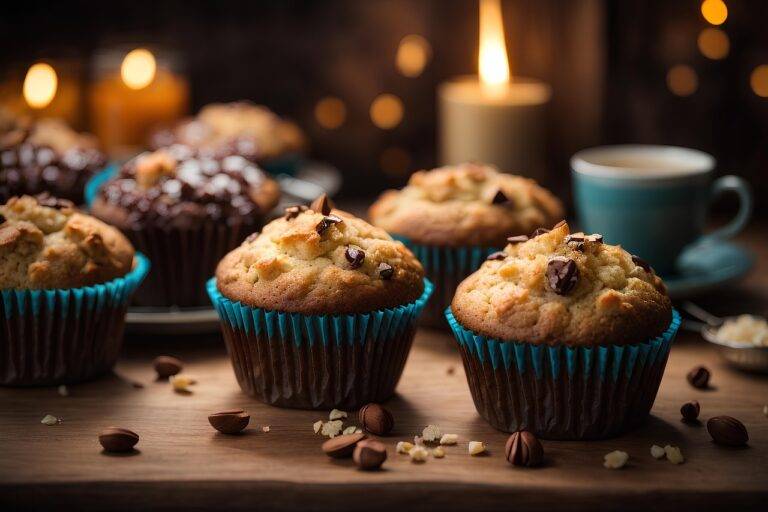The Art of Food Photography for Social Media
When selecting the appropriate background for your food photography, it is crucial to consider the overall aesthetic you want to achieve. The background should complement the colors and textures of the dish, enhancing its appeal without overpowering it. Opt for simple and clean backgrounds to keep the focus on the food itself, or experiment with more intricate patterns and textures for a creative touch.
Another essential aspect to keep in mind is the contrast between the food and the background. Make sure there is enough contrast to make the dish stand out, whether through color, texture, or brightness. A neutral background can help create a harmonious composition, while a contrasting background can create a dynamic and visually striking image. Experiment with different options to find the background that best highlights the unique features of your dish.
Lighting Tips for Food Photography
When it comes to food photography, lighting is crucial to capture the essence and appeal of the dish. Natural light is often preferred for its soft and flattering effect on food. Position your subject near a window or outdoors to take advantage of this gentle illumination. Avoid harsh sunlight by using sheer curtains or shooting during overcast conditions for a more even dispersion of light.
In situations where natural light is limited, artificial lighting can be used effectively. Softbox or umbrella lights can mimic the soft glow of natural light and provide a controlled lighting environment. Experiment with different angles and intensities to find the best setup that highlights the textures and colors of the food.
Composition Techniques
When it comes to composition techniques in food photography, one key aspect to consider is the rule of thirds. This involves dividing your frame into a grid of nine equal sections and placing key elements of your composition along these lines or at their intersections. By following this rule, you can create visually appealing and balanced images.
Additionally, experimenting with different angles can add depth and interest to your food photographs. Instead of always shooting from eye level, try capturing your subject from above or at a lower angle. This can help highlight textures, shapes, and colors, making your images more engaging to the viewer.





